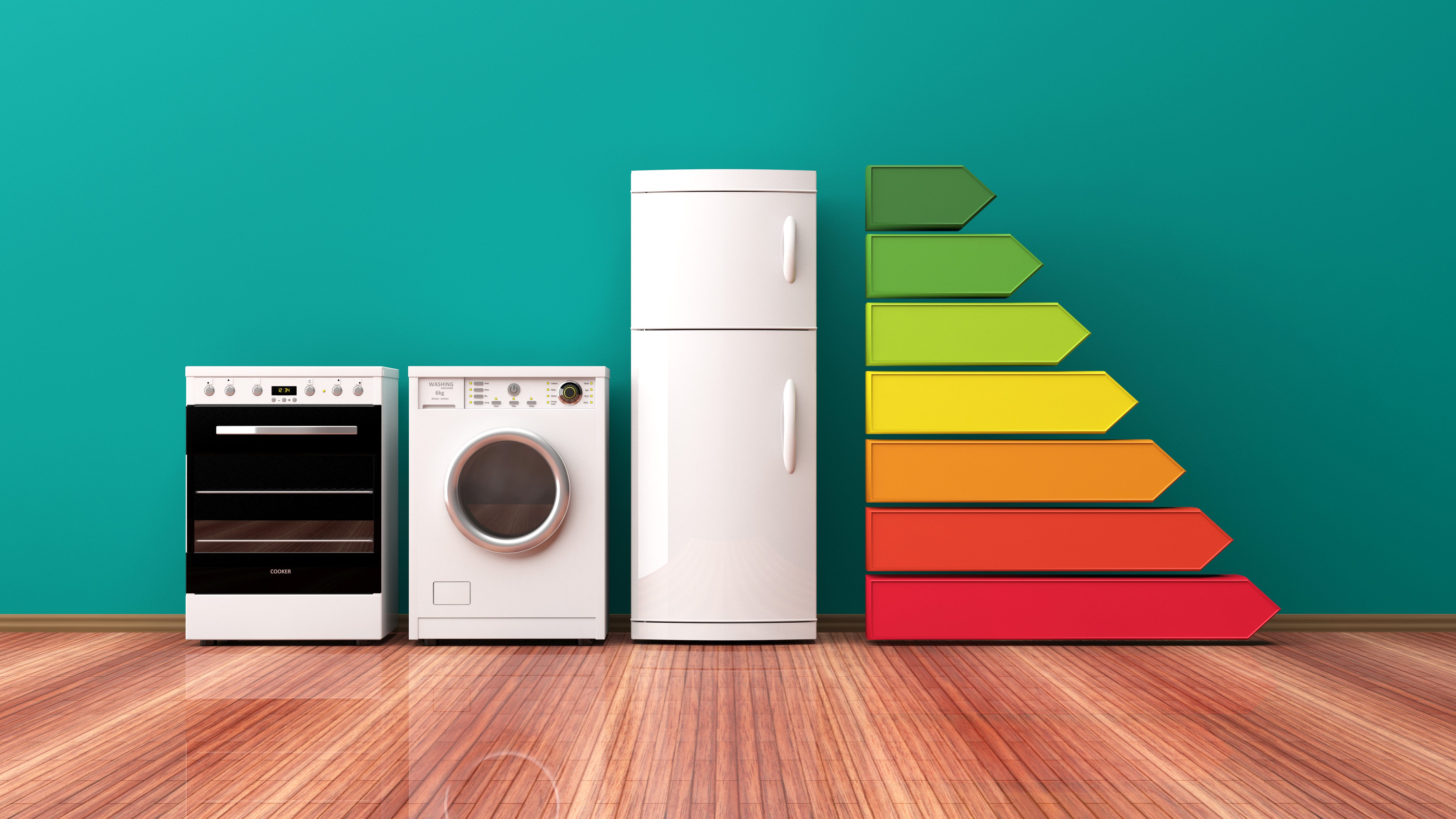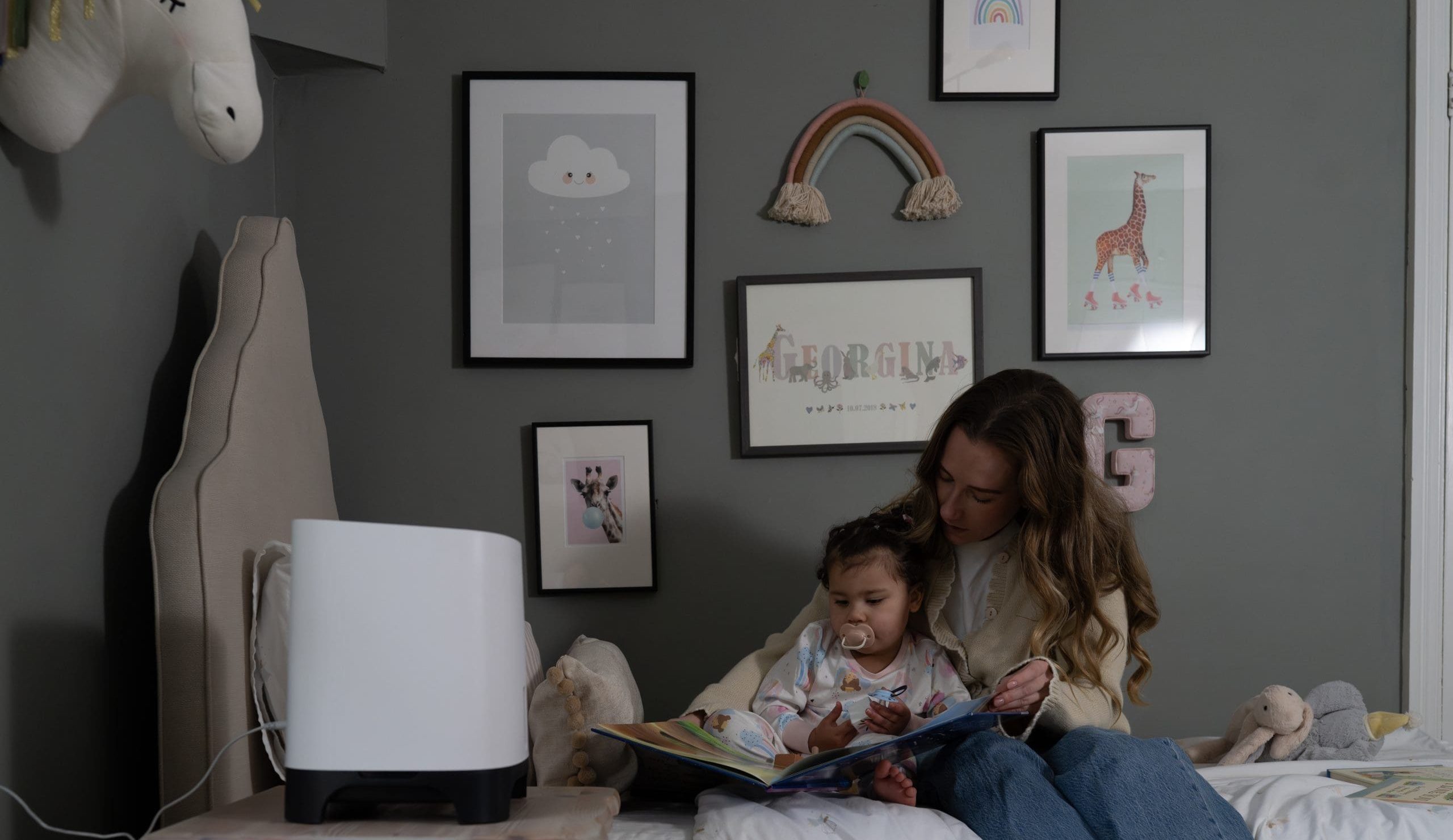
On October 1st, there was a subtle but significant shift for electricity prices in the UK; the new Energy Price Cap came in, which means the cost of electricity decreased from the current rate of 30p to 27.35p (per kilowatt-hour, kWh).
While this decrease brings a small sigh of relief to many UK households; we need to recognise this change in the context of the cost of living crisis. We used to pay just 12p/kWh in 2010*; so even at 27.35p, we’re still paying a lot more on our monthly bills despite the recent change.
It’s important to look into how much this will actually save you on your monthly bills as well as whether your current home devices and any new appliances you are looking to purchase are energy efficient. At the end of the day, we all want to save money on our monthly bills.
What does the new Energy Price Cap mean for UK households?
The reduction from 3op to 27.35p / kWh is a decrease of 7% and follows a decrease of 17% back in July, from the previous price cap change (at the moment the UK’s energy price cap is reviewed every 3 months**). For the average household, bills from the 1st October are around £1,923 per year, a reduction of around £151 a year (compared to the current electricity prices).).
While energy prices may be going in the right direction, there is still a way to go before it comes close to what households were paying, even just a couple of years ago.
Rewind the clock back to 2021, and we were paying 18.9p per kWh. Since then, the cost of living crisis has hit and newer (higher) price caps have come in.
Ofgem chief executive Jonathan Brearley said: “It is welcome news that the Price Cap continues to fall. However, we know people are struggling with the wider cost of living challenges and I can’t offer any certainty that things will ease this winter.”***
These continuous high prices highlight the need for consumers to look at not only the initial cost of home appliances but also their long-term energy consumption. An appliance with a cheaper upfront cost may cost you more money in the long-term if it has higher power consumption. Energy efficiency remains a top priority, perhaps more so than ever before.
Why the energy-efficiency of appliances continue to matter with the new Price Cap:
With electricity prices remaining relatively high, the importance of energy-efficient appliances cannot be overstated.
- Savings Over Time: Energy-efficient appliances may have a slightly higher upfront cost, but they can pay for themselves (and more) by saving you money in the long run. These appliances are designed to consume less energy without compromising on performance. Over time, the savings on your energy bills can offset the initial investment.
- Future-Proofing: As electricity prices continue to fluctuate, investing in energy-efficient appliances is a way to future-proof your home. These appliances are designed to meet or exceed the latest energy efficiency standards, ensuring they remain cost-effective as electricity prices change.
- Environmental Impact: Reducing energy consumption isn’t just about saving money; it’s also about reducing your carbon footprint. Energy-efficient appliances contribute less to greenhouse gas emissions, helping combat climate change.
Know your home appliances and their energy efficiency ratings:
When it comes to appliances around the home, anything from dehumidifiers to air purifiers, washing machines to fridges, almost everything uses electricity in one form or another. So it’s not just about picking the cheapest option from the offset, it’s also about considering the total cost of ownership (which includes both the upfront price as well as the long-term cost to run).
Essentially, by picking products with a lower cost to run, you’ll be choosing products which save you money in the long term. Some products have energy labels and ratings, such as the Energy Star label, which can help you make informed choices when buying new products. For those household appliances, such as dehumidifiers, which do not have energy ratings, simply look at the cost to run data. If it’s not available on the brands website, contact them to ask and encourage them to be transparent!

Appliances that do have energy labels have a rating from A+++ to F. The A rated machines cost the least amount of money to run. It’s important to compare like for like – don’t compare the energy rating label on a 6kg washing machine with a 9kg washing machine, for example, as this will not be a valid comparison. The same principle applies when comparing cost to run data, don’t compare the cost to run of a 10L dehumidifier and a 25L dehumidifier. The smaller dehumidifier will always have a lower cost to run price, however it will extract less water meaning you may have to run it for longer!
We have written a guide, explaining “How to cut costs and maximise value when choosing and using appliances”. You can download for free, here.

Energy efficiency is key to Meaco design and engineering:
We realise cost and energy efficiency are important aspects for our customers. That’s why none of our products will drain energy without you knowing. All Meaco products comply with the European Eco-Design Directive and therefore consume less than half a watt in standby mode, meaning that they are not vampire products, but are extremely energy efficient.
If you’d like to know how much you’re saving on your product, each of our products have a ‘cost to run’ section on their individual product page. This uses the very latest electricity rates to give a very honest guide as to exactly how much it will cost you to run any of our products. We think it’s important to be transparent with our customers and continue to encourage other manufacturers within the industry to do the same.
While the decrease in electricity prices is a positive step, it’s a reminder that energy costs remain a significant concern for UK households. To navigate this ever-changing landscape, we recommend prioritising energy efficient appliances in your home and keeping running costs in mind when purchasing new ones, not just the upfront costs.
For the latest cost to run figures, please see each product listing on our website.
* UK Household Electricity Prices by Statista: https://www.statista.com/statistics/418126/electricity-prices-for-households-in-the-uk/
** How the Energy Price Cap is reviewed every 3 months: https://www.ofgem.gov.uk/information-consumers/energy-advice-households/energy-price-cap
*** Chief Executive quotes on the Energy Price Cap from Ofgem: https://www.ofgem.gov.uk/publications/energy-prices-fall-again-winter






